For hundreds of years, humans have been using the power of the wind to pump water and grind grain, among countless other applications. It wasn’t until 1887 that the first windmill was used for energy production. Since then, advancements in electrical generation technology have allowed wind power to blossom as a reliable source of electricity generation around the world. In 2008, New Brunswick’s first commercial wind farm began operation in Albert County — the Kent Hills Wind Farm. Wind power generates 432,400 MW of power worldwide, and over 294 MW of that is within New Brunswick.
Modern wind turbines convert the kinetic energy of moving air into electricity. The blades of the turbine are attached to a shaft, which spins as the blades turn. The shaft is connected to a generator so as it spins, the generator can convert the wind energy from mechanical to electrical.
Turbine Variations
There are a number of variations between wind turbine models, some of which are optimized for specific applications. If you are interested in a wind power system for your home or business, we recommend that you contact a consultant to evaluate your site and make suggestions. Some of the variations on wind turbines you see may include: blade shape, number of blades, height, axis, and tracking systems.
For small wind turbines, there is a significant amount of torque that the shaft needs to overcome before the blades can spin freely and electricity can be generated. The wind speed to overcome this torque is referred to as the cut-in speed, which is typically around 2–3 metres per second, or 7–11 km/hour. At speeds greater than the cut-in speed, there should be enough energy in the wind for the turbine to begin generating electricity.
The number and shape of turbine blades helps to determine the wind cut in speed, as well as the efficiency of the turbine at higher wind speeds. Large wind turbines typically feature 3 blades, however smaller turbines may have anywhere between 2–7 depending on their location and application.
Environmental Impact
While wind turbines have a much smaller impact than fossil fuels, they still produce some environmental concerns. Turbines can interfere with surrounding wildlife; the pressure changes can affect local wildlife habitat use, and they may result in bird and bat deaths through collisions with the blades, noise-related stress, and echolocation complications. Noise and vibrations are common concerns when wind turbines are built near human settlements, though it should be noted the severity of these concerns varies greatly turbine models, wind speed, and size. Visual aesthetics are also debated, however this is a subjective concern. As with all technologies the manufacturing, transportation, and end-of-life of wind turbines can produce harmful greenhouse gas emissions. Most turbines have lifespans of 15–25 years, meaning that the clean energy they produce over this time helps to compensate for these emissions.








